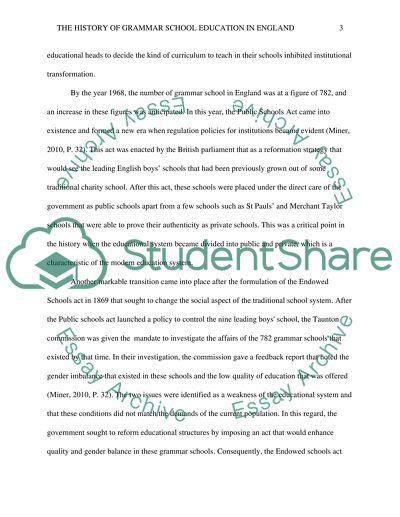Cite this document
(“The History of Grammar School Education in England Essay”, n.d.)
Retrieved from https://studentshare.org/education/1488607-the-history-of-grammar-school-education-in-england
Retrieved from https://studentshare.org/education/1488607-the-history-of-grammar-school-education-in-england
(The History of Grammar School Education in England Essay)
https://studentshare.org/education/1488607-the-history-of-grammar-school-education-in-england.
https://studentshare.org/education/1488607-the-history-of-grammar-school-education-in-england.
“The History of Grammar School Education in England Essay”, n.d. https://studentshare.org/education/1488607-the-history-of-grammar-school-education-in-england.


